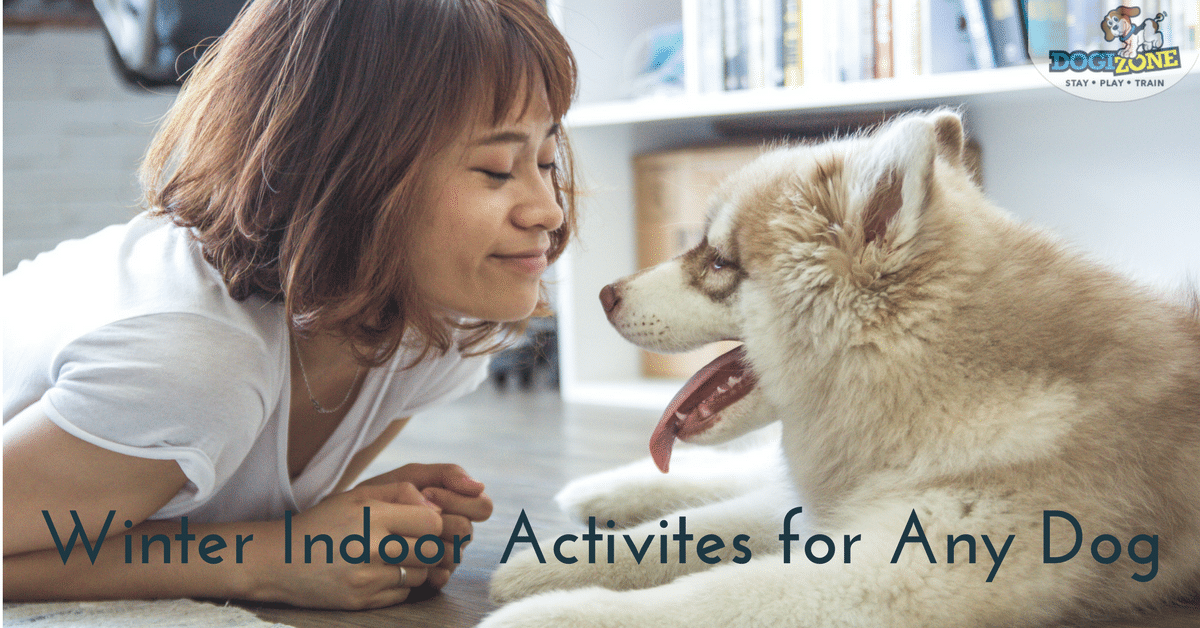Dog Safety In The Winter
Winter Safety to Keep Your Dog Safe

While some dogs are definitely not up to being out in the cold, other dogs are very excited about the cold weather, the snow on the ground, and all the new things to see and do.
Even dogs that are not necessarily outdoor winter dogs do benefit from short periods of time outside when the weather is nice. For all dogs, there are some basic safety issues that owners need to keep in mind. This will allow you to enjoy the winter outdoors with your pet and also keep them warm, dry and safe.
Coats and Winter Gear
Dogs with double coats, which is a longer outer coat and a dense, wooly undercoat, are able to handle cold weather without the need for additional protective wear. Examples of these types of coats would the those found on the German Shepherd Dog, Great Pyrenees, Labrador Retrievers, Malamutes, Huskies, St. Bernard’s, Australian Shepherds and similar types of breeds and breed mixes.
Short haired dogs, which are more likely to have a single coat, will be more sensitive to cold weather. Dogs such as Dalmatians, Doberman Pinschers, Pit Bulls, Beagles, Boxers and most of the hound and terrier breeds will all appreciate a little bit of extra winter cover. Toy and small dogs, due to their small body size, are also more prone to feeling even slight amounts of cold.
Winter coats for dogs that have a short coat or a single coat are a great way to keep your dog safe. These cover the core of the body while leaving the legs, tail and neck and head free. Dog coats, sweaters and hoodies come in all shapes, sizes and styles, so you can also make a fashion statement while keeping your dog warm.
Winter Boots
Ice can be very sharp and cut a dog’s paws easily when walking in the winter. Additionally, snow can collect in the pads, creating painful ice balls between the toes that can rub the skin and cause pain and, if not removed, can cause lesions and the risk of bacterial infections later on.
Walking your dog in the city is particularly an issue in the winter. Many roads and walkways are treated with salt or deicers that can irritate the feet and even cause a toxic reaction.
Winter boots for dogs come in all different styles and sizes. These are not just for the little dogs or the cold sensitive dogs, working sled dogs are typically outfitted with boots that not only protect the feet, but that also add traction.
Reflective Gear
As it is darker much faster and lighter much later, you may find your walks are now not happening during the daylight hours. Reflective leashes, dog vests and dog collars are all a good option to highlight the fact you are walking a dog.
Taking the time to ensure your dog is bundled up and safe during the winter doesn’t take a lot of time, but it will make your winter, as well as theirs, a lot more fun.

